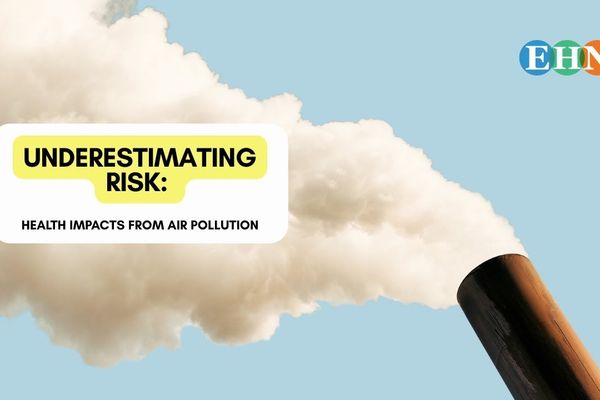
Federal disaster programs could run out of money as hurricane approaches Florida
The federal government’s disaster relief programs face financial strain as Hurricane Milton, a Category 4 storm, threatens Florida, following the devastation of Hurricane Helene.
Thomas Frank reports for POLITICO.
In short:
- FEMA’s disaster fund, flood insurance and the SBA’s disaster loan program could run out of money within weeks.
- Congress has been reluctant to allocate more funds, with key lawmakers refusing to reconvene before the November election.
- Over 31 million people are in declared disaster zones due to recent hurricanes, raising concerns about long-term recovery funding.
Key quote:
“The frequency and intensity of disasters continue to increase every year, and the number of federal disaster declarations continues to rise in parallel.”
— Carrie Speranza, president of the International Association of Emergency Managers.
Why this matters:
As climate change intensifies disasters, federal programs are struggling to keep up with recovery costs. Without urgent funding, millions of Americans may face delays in rebuilding essential infrastructure, homes and businesses after catastrophic events.
Read more: FEMA faces potential funding shortfall amid increasing natural disasters














